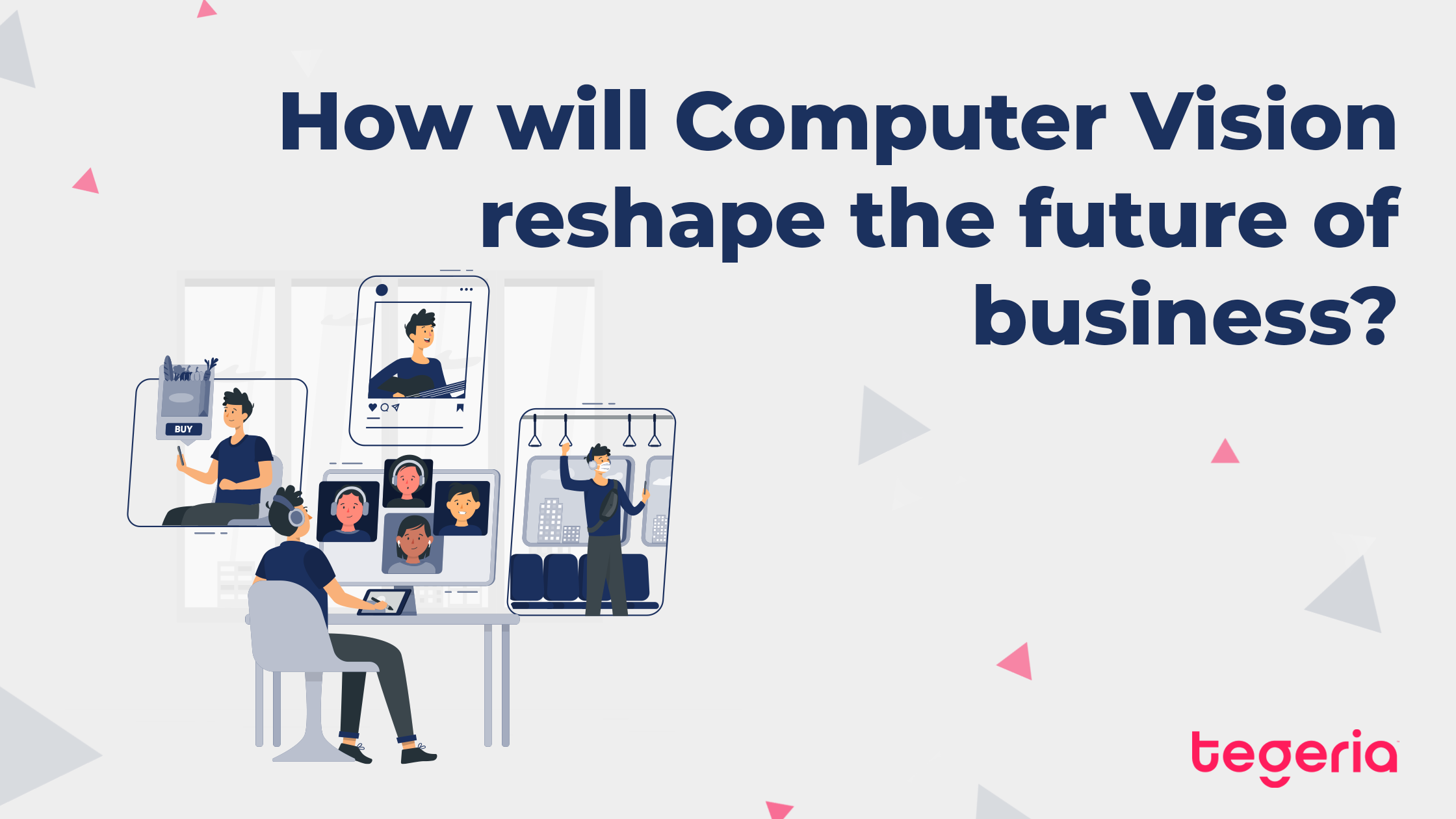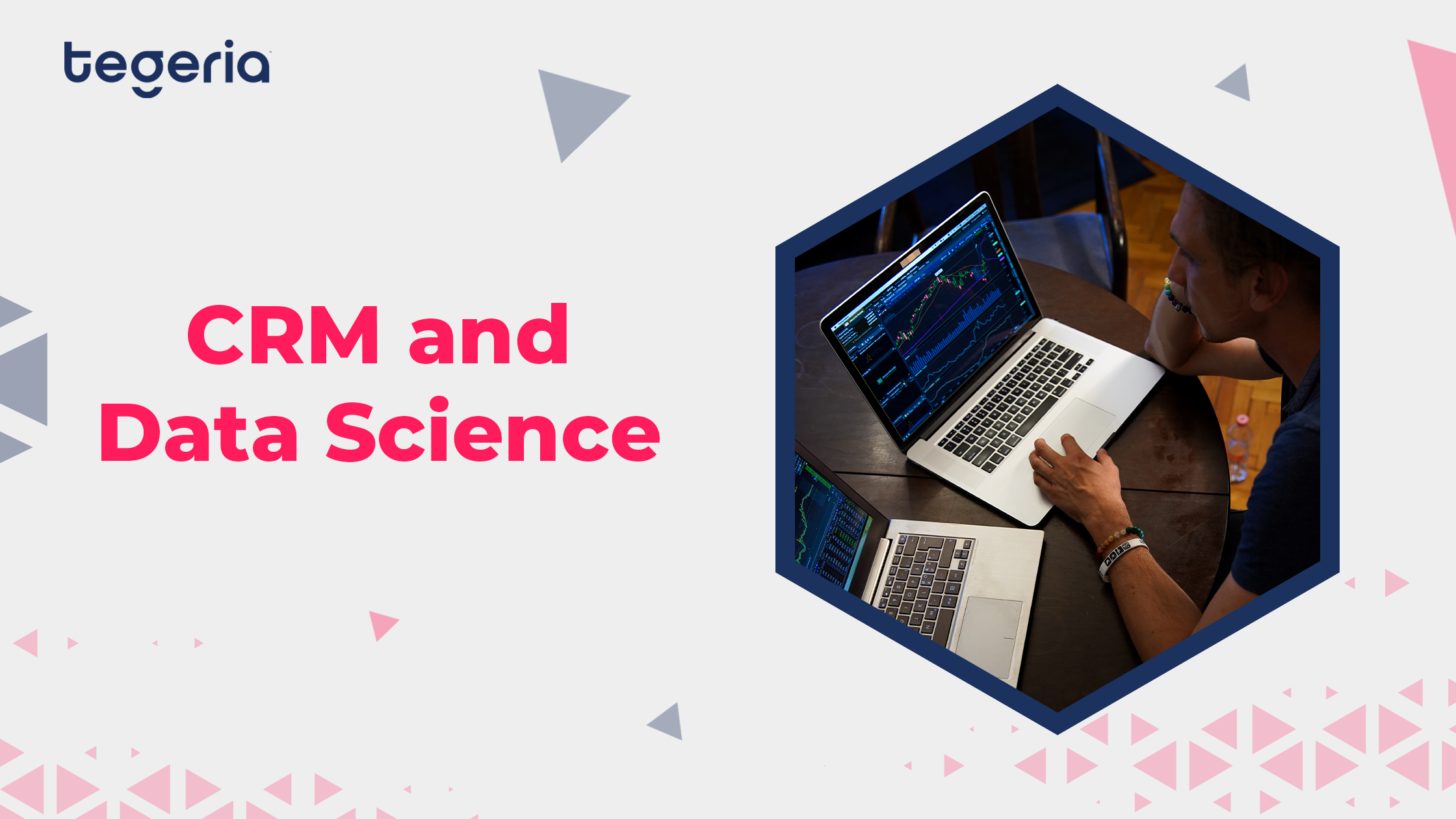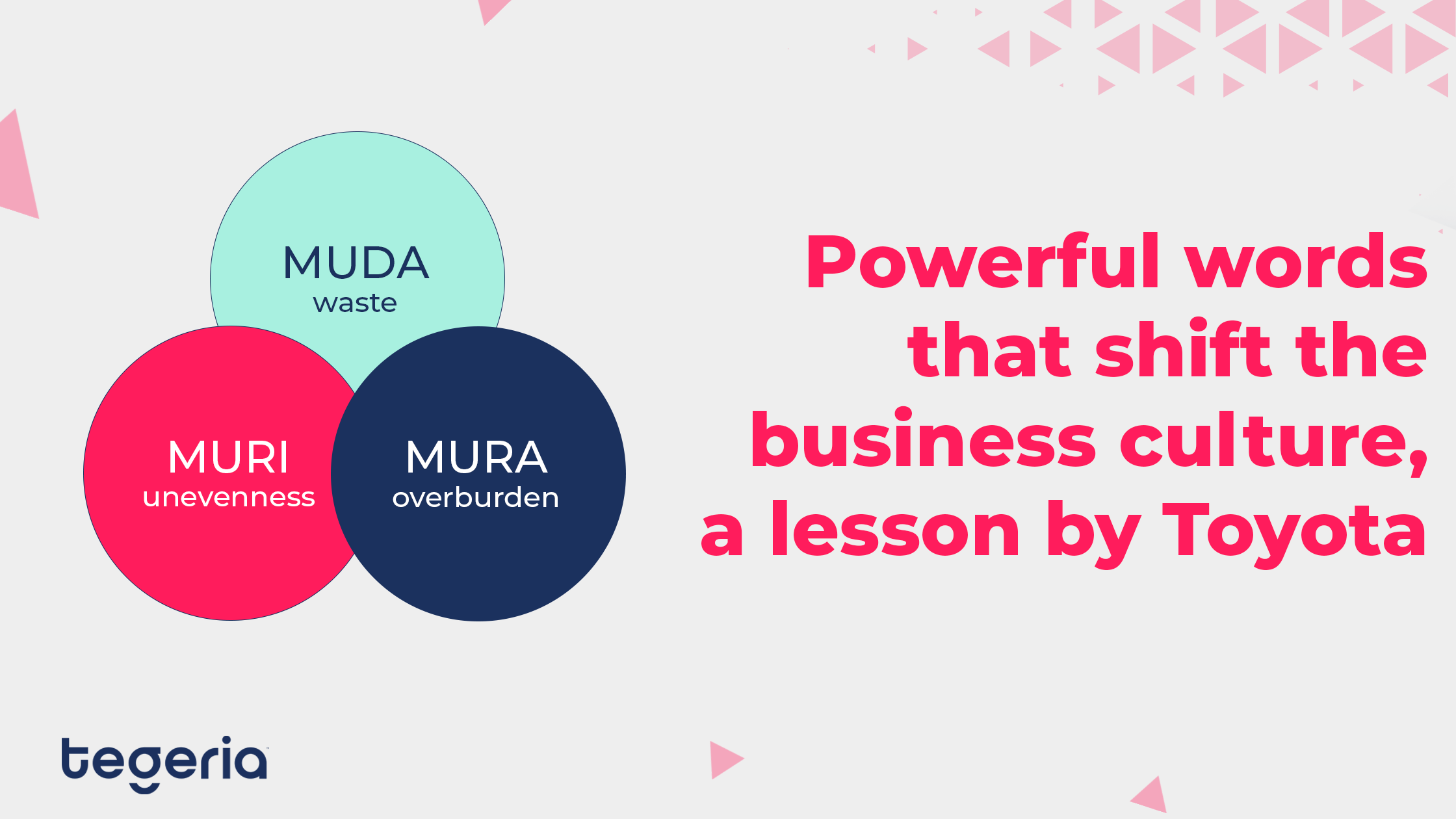How will Computer Vision reshape the future of business?
Seeing is believing, isn’t it?!
Well, now artificially intelligent systems cannot only “see” like humans, but even go a step further. Air quality and temperature are additional things machines are able to detect.
But how does it work?

Acquire, Process, Understand.
Computer vision describes the ability of machines to process and understand visual data; automating the type of tasks the human eye can do.
How is it already being used?
Various forms of it where you might have access daily include:
- Google Translate to decipher foreign menus or road signs.
- Ever used a self-driving car? Computer vision is a necessity in enabling them when detecting objects, signs and traffic, and well, to drive safely.
- Overlaying filters in your pictures or videos on social media. Who knew splashing yourself in fairy dust or wearing an animal face would be achieved thanks to such complex tech?
Within industry and society, there are too many examples out there to try and condense, but perhaps the most advanced are in healthcare, transport and in homes and cities.
As these devices are with us longer there’s more to work with, especially in business. These visual clues can offer better performance in:
Motion detection
When they detect motion in a certain room or physical movement of a certain kind, it sends data or notification. This is considered as actionable information, that can be used in various forms when it comes to making a friendlier work environment, or predict certain behaviours.
Security cameras that detect the behaviour of people
Additionally, in high-security environments like banking and casinos, businesses use computer vision for more accurate identification of customers when large amounts of money are being exchanged.
We adapted to computers, now they are going to adapt to us as companions.
Body language and empathy in the work environment
As humans, we are gifted with the ability to often understand the mood, intention, and future action of another person simply by looking at them. Everyone is giving off clues one way or another.
When it comes to visual computers, comprehending human posture and intention can open up completely new doors to our future. Whether that is in the process of interviews, moderating the complex activity of “making deals” etc.
Are we ready to adapt to it?
Should we put our trust entirely on these devices? It definitely opens up a big can of worms; The use cases are endless, and the applications that this technology might have in security, retail, sports, and more can reshape the future. But let’s keep an open mind when it comes to what can replace human consciousness!




